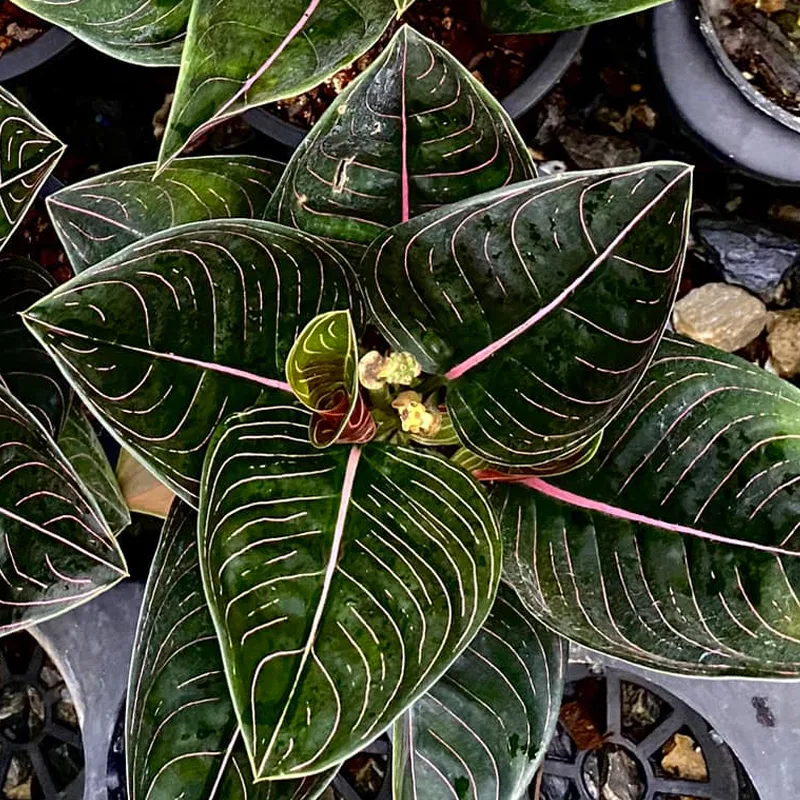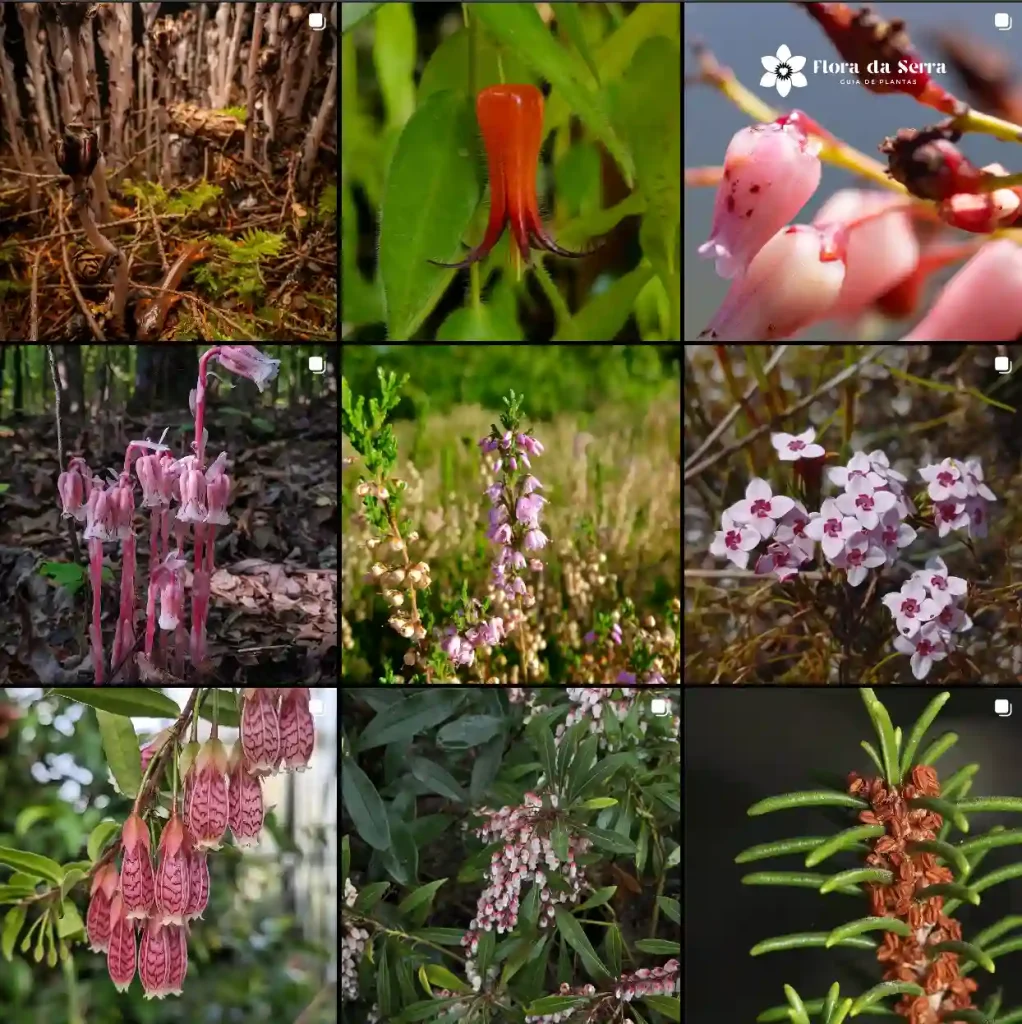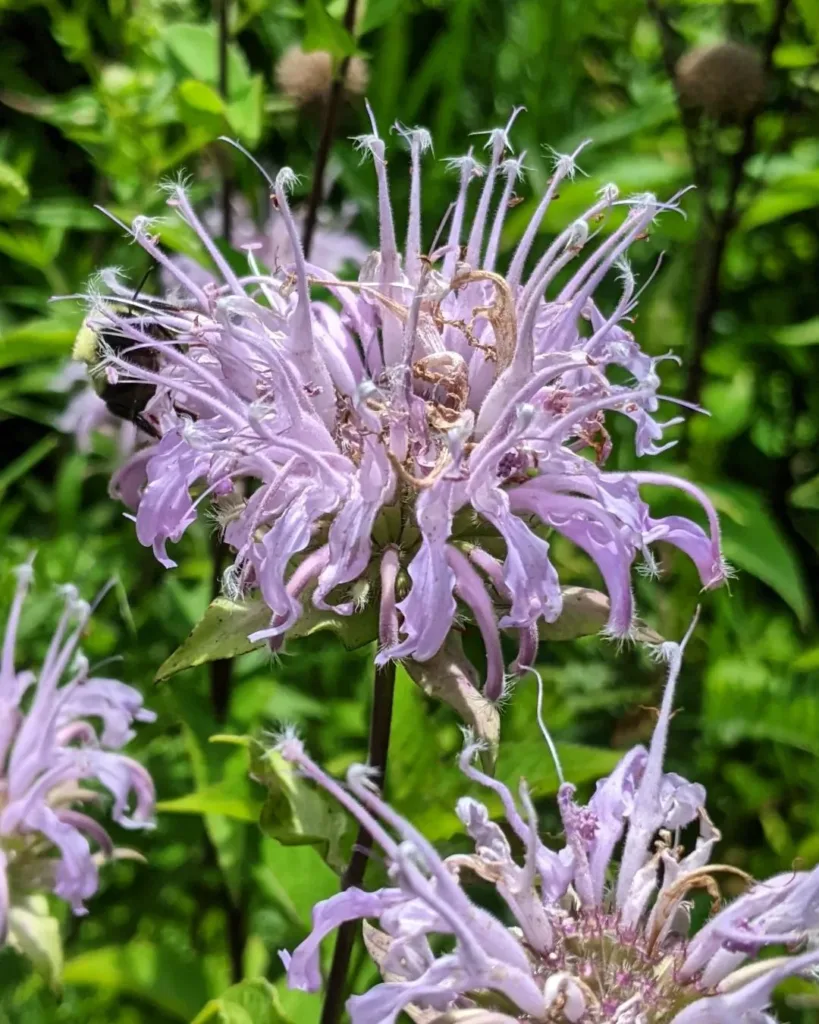
FAQs About Karl Foerster Grass
Karl Foerster Grass, scientific know as Calamagrostis x Acutiflora ‘Karl Foerster’, is a popular ornamental grass known for its distinctive appearance and low-maintenance nature. If you’re considering adding this plant to your garden or already have it, you might have some questions. Here’s a comprehensive guide to help you understand Karl Foerster Grass better.
213 Species in Genus Calamagrostis
When to Cut Back Karl Foerster Grass?
Cutting back Karl Foerster Grass is an important part of its care routine. I usually recommend waiting until late winter or early spring before cutting it back. This timing allows the grass to maintain its visual interest throughout the winter months, with its feathery plumes providing some texture and movement in the garden. In my experience, cutting it back too early can rob the garden of its winter charm and expose the plant to potential damage from frost.
Does Karl Foerster Grass Spread?
Karl Foerster Grass does spread, but not aggressively. It forms a clump and gradually expands over time. If you’re looking for a ground cover or want it to fill in a space, it’s a good choice, but it won’t take over your garden. In my own garden, I’ve found that it maintains a manageable size and spreads slowly, which makes it easy to control and integrate with other plants.
When to Plant Karl Foerster Grass?
The best time to plant Karl Foerster Grass is in the spring or early fall. Planting in the spring gives it a full growing season to establish roots before the heat of summer. I’ve had success planting in early fall as well, allowing the grass to settle in before winter arrives. Just make sure the soil is workable and not too wet, as soggy conditions can hinder establishment.
How Fast Does Karl Foerster Grass Grow?
Karl Foerster Grass has a moderate growth rate. Typically, it grows 12 to 18 inches per year, reaching its full height in about three to four years. In my garden, I’ve noticed that its growth rate can vary depending on soil quality and sunlight exposure. With adequate care, it establishes quickly and starts to show its distinctive plumes within the first year.
How Tall Does Karl Foerster Grass Get?
Karl Foerster Grass generally reaches a height of about 3 to 4 feet, with its flowering plumes extending up to 5 feet. In my experience, it grows a bit taller in richer soils and with ample water. It’s an excellent choice for adding vertical interest to your garden, and its graceful, arching form makes it a standout feature.
How Far Apart to Plant Karl Foerster Grass?
When planting Karl Foerster Grass, I recommend spacing them about 18 to 24 inches apart. This spacing allows each plant to develop its full form without overcrowding. In my garden, this distance has worked well to ensure the plants have enough room to grow and that their individual beauty is appreciated.
How to Plant Karl Foerster Grass?
Planting Karl Foerster Grass is straightforward. I usually start by selecting a sunny to partially sunny spot in well-drained soil. Here’s how I plant it:
- Prepare the Soil: Ensure the soil is loose and well-draining. Amend with compost if needed.
- Dig a Hole: Make a hole that is about twice the size of the root ball.
- Place the Plant: Set the plant in the hole, making sure the top of the root ball is level with the soil surface.
- Backfill and Water: Fill the hole with soil, firming it gently around the roots. Water thoroughly to help the plant settle in.
Can You Divide Karl Foerster Grass?
Yes, you can divide Karl Foerster Grass. In my experience, the best time to do this is in early spring, just as new growth begins. To divide, dig up the clump, separate it into smaller sections with a sharp knife or spade, and replant them. This not only helps manage its size but also rejuvenates the plant, encouraging vigorous growth.
What Is Karl Foerster Grass?
Karl Foerster Grass is a perennial ornamental grass known for its elegant, upright form and feathery flower plumes. It’s a cultivar of the feather reed grass (Calamagrostis x acutiflora) and is celebrated for its versatility in landscape design. It provides year-round interest, with its plumes turning golden and persisting into winter.
How to Care for Karl Foerster Grass?
Caring for Karl Foerster Grass is relatively easy. It thrives in full sun and well-drained soil. Water it regularly, especially during dry spells, but avoid waterlogging. I find it benefits from an annual spring cleaning, where old foliage is cut back to make way for fresh growth.
How to Propagate Karl Foerster Grass?
The most common method to propagate Karl Foerster Grass is through division. I’ve tried growing from seed, but it’s less reliable. Division ensures you get a plant that mirrors the parent in terms of quality and characteristics.
What to Plant With Karl Foerster Grass?
Karl Foerster Grass pairs beautifully with a variety of plants. I like combining it with perennials such as coneflowers or black-eyed Susans for a mix of textures and colors. It also works well with other ornamental grasses for a cohesive look. In a mixed border, it provides a lovely contrast to flowering plants and shrubs.
Is Karl Foerster Grass Toxic?
No, Karl Foerster Grass is not toxic to pets or humans. It’s a safe choice for gardens where pets or children play. Its non-toxic nature makes it a practical option for family-friendly landscapes.
Benefits of Karl Foerster Grass
Karl Foerster Grass offers several benefits:
- Low Maintenance: It requires minimal care once established.
- Seasonal Interest: It provides visual interest throughout the seasons.
- Versatile: It works well in various garden styles and conditions.
- Wildlife Friendly: It can attract birds seeking seeds in winter.
Common Problems
While Karl Foerster Grass is generally hardy, it can sometimes face issues like leaf spot or rust. These are usually manageable with proper spacing and good air circulation. Regular maintenance, like cutting back old growth and avoiding overly wet conditions, helps prevent these problems.
In conclusion, Karl Foerster Grass is a valuable addition to any garden, offering elegance and structure with minimal fuss. Whether you’re planting it for its visual appeal or its functional benefits, understanding its needs and characteristics will help you make the most of this stunning grass.
If i die, water my plants!



